Foods, journeys, tales of chefs and more
How much do you need to understand a culinary culture to be able to create suitable transformation tools? The answer is in this story, and it isn’t that obvious.
The comparison between cultures is a delicate experience that requires the acceptance of a series of conditions and a state of open-mindness in those who approach the other. When this comparison takes place on several levels, it can bring to a path leading to unexplored territories. As it always happens in these cases, the possibility of either getting lost or returning with a treasure, have the same probability.
This is what Fabio Ferrandino is thinking of while sending out to the client an e-mail confirming that the last cooking block has been completed. A Marrone Cooking Suite has just been developed for this well-known restaurant in the Arab Emirates.
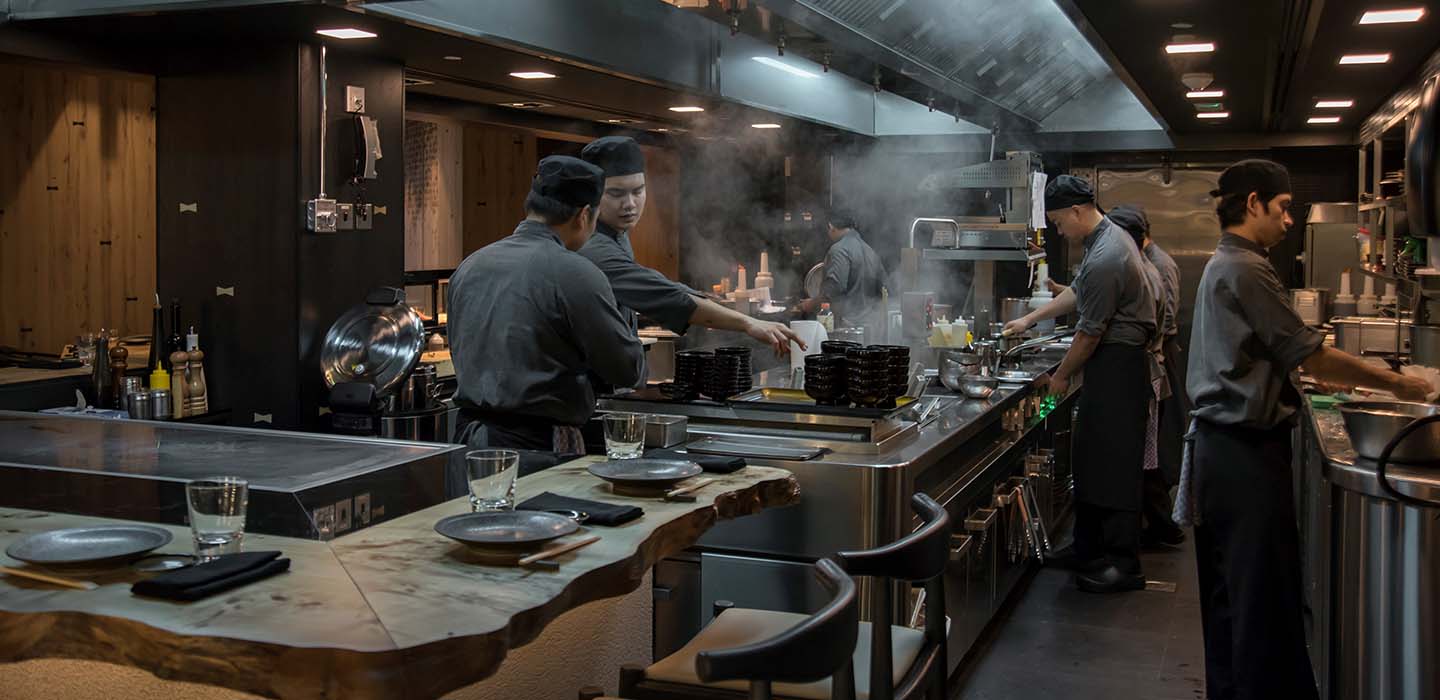
Steam cooking is a culinary technique developed “elsewhere”, meaning that it is not a native European cooking method. Some traces link it to China, in the Yunnan region around 3000 years ago; other evidence from the 14th century dates it back to the Arab world. For sure, this cooking method hasn’t had much time to improve in traditional European cuisine compared to other methods. Despite having been a constant presence in chefs’ proposals for the last 50 years, it has for a long time played a secondary role in the choice of menus and chefs’ experimentations in this hemisphere of the world. However, in almost all Asian cuisines from the Middle East all the way to Japan, steaming is a cornerstone of tradition and research.
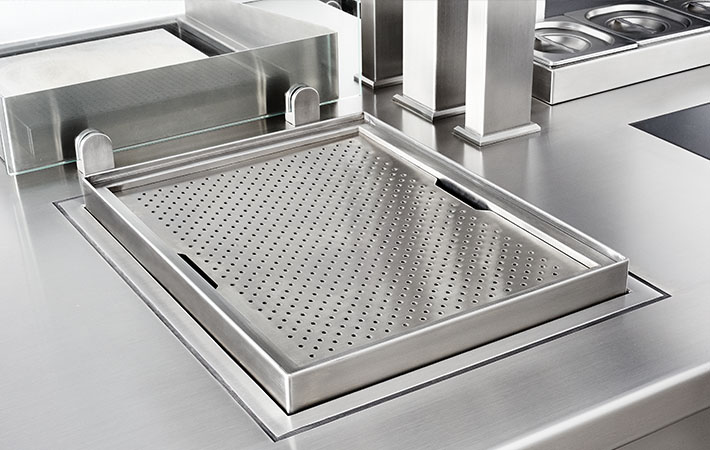
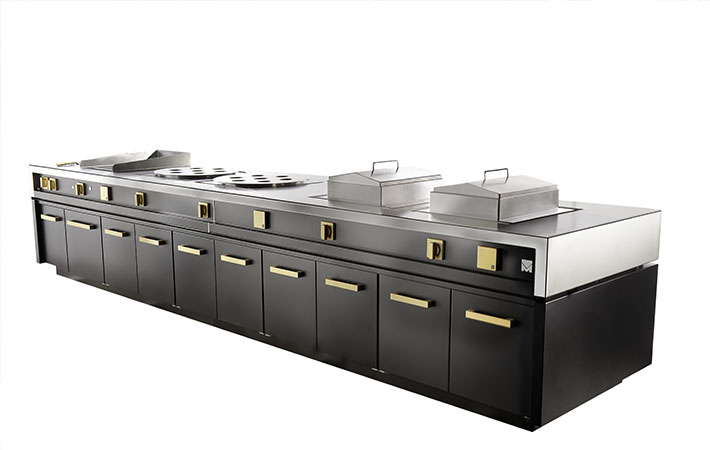
It is the early 2000s and a new approach to Chinese cuisine is emerging in Milan. The city has already widely tested all the popular forms of this culinary culture and is ready to accept a new proposal. Some high profile Chinese restaurants open their doors and are often specialized in a single realization or express a particular geographical or ethnic area that characterizes the sub-continent. They are places for connoisseurs: they have a knowledgeable staff, most of the times born and raised in the Asian regions from where they take the dishes. They are designer restaurants which choose high-quality raw materials and apply great care in their creations. Prices commensurate with a high-end offer and the legitimate ambition for a place among the best restaurants in the city.
We’re talking in particular about an open kitchen, like most of those designed and produced by Marrone. A kitchen created according to the needs of the Chef and his brigade, to their procedures and schemes. A kitchen that has, of course, some steamer stations, that allow to prepare most of the dishes. This does not appear to be a problem to Fabio: the total customization of a Marrone product also allows the installation of third-party functionalities. It would have been superfluous to complete an entire research journey into the culinary culture of the steamer. Choosing someone who owns a consolidated experience in this field was the best idea.
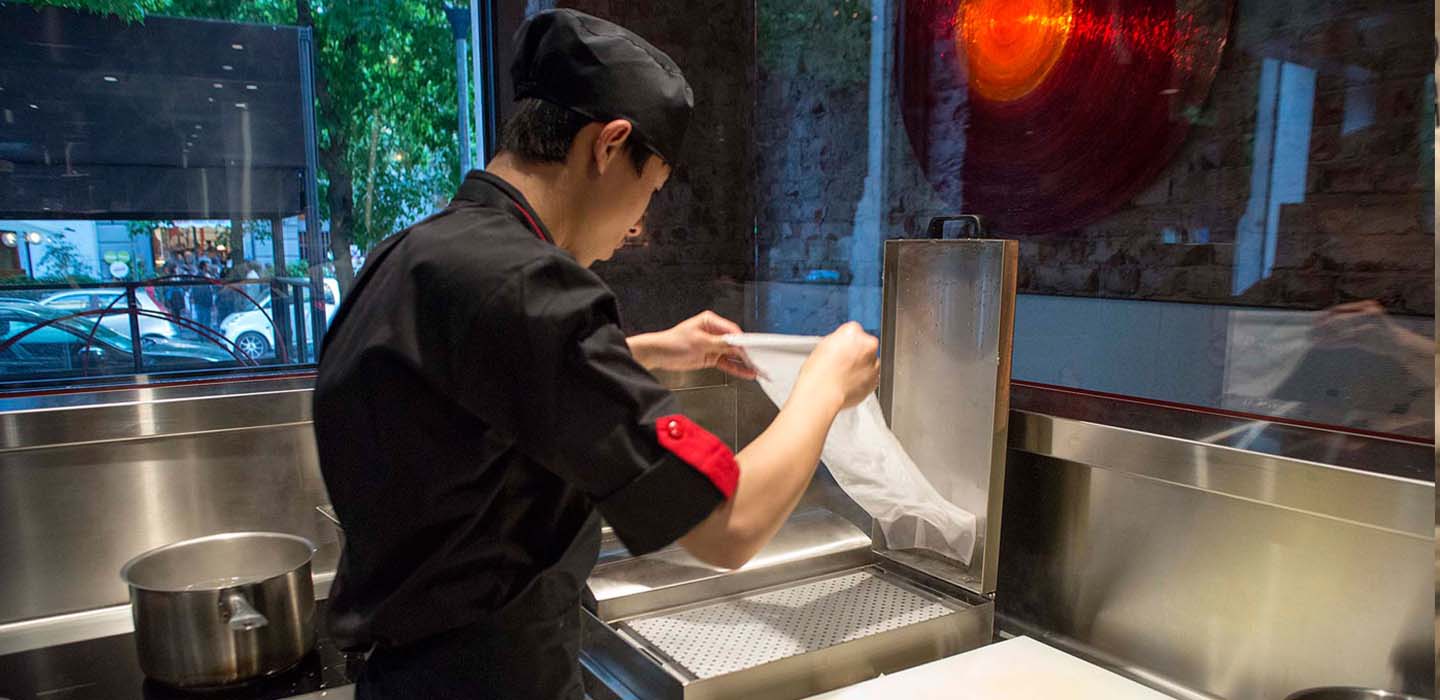
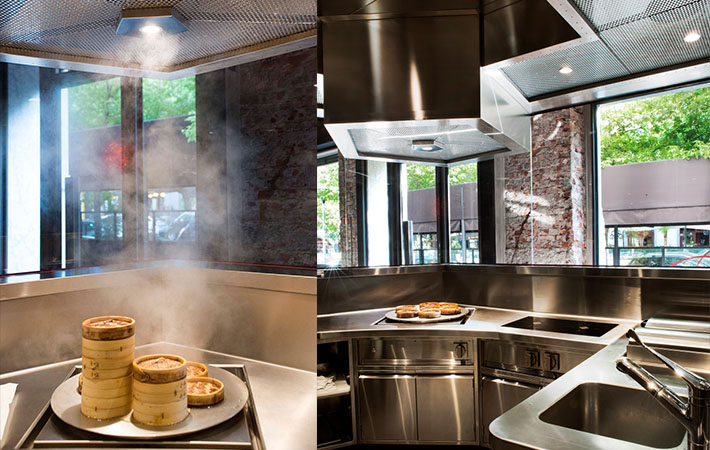
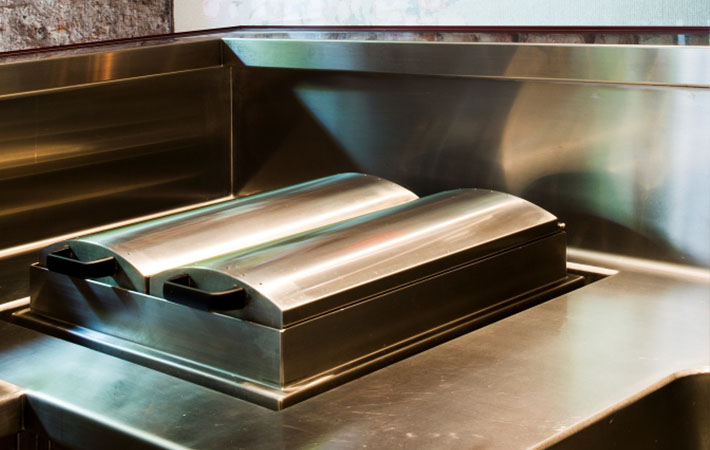
Back at the company, Fabio meets Roberto Verardo, and together they begin looking for a steamer in specialized companies. Roberto is a technical consultant, a project manager, an experienced salesman. In 3 weeks he saw all the oriental steamer manufacturers able to deliver an appliance to Italy; they are the best production companies specialized in this equipment, all characterized by excellent efficiency. But Roberto and Fabio soon receive a bitter surprise: due to operating problems, none of these machines is suitable for an open kitchen. The emission of steam, the need for maneuverability that requires to substantially “dismantle” the hobs at each new cycle, the control and safety systems: everything is calibrated for a closed environment that characterizes a certain type of kitchen unit.
Roberto and Fabio have to decide what to do. Marrone is greatly familiar with cooking systems and techniques and owns a technological background that allows facing the design of almost all the functionalities of a cooking block. However, it has never approached a steamer, especially at this level. During these tough days, they even consider the idea of proposing a change in the project. It is the most challenging phase, but neither of them wants to give up.
Roberto owns turning and milling skills. During his career in Marrone, he has always counted on the fusion of the two approaches and has done so by never taking for granted what could and could not be done, still keeping the objective clearly in mind. This mindset meets the company’s way of working and has allowed him to earn in time the trust of his colleagues and superiors. Fabio returns to the customers, analyzes the situation, uses his experience to identify the spaces, the workflows, and the possibility of solutions. In this perspective, they rethink the project. The question is not, “Which supplier should I get in touch with?”, but “What problem do I have to solve?”. The question of the steamer is placed in its two elementary components: which dimensional, temperature, and management features must a steam cooking machine have, and which operational features make it suitable for an open kitchen.
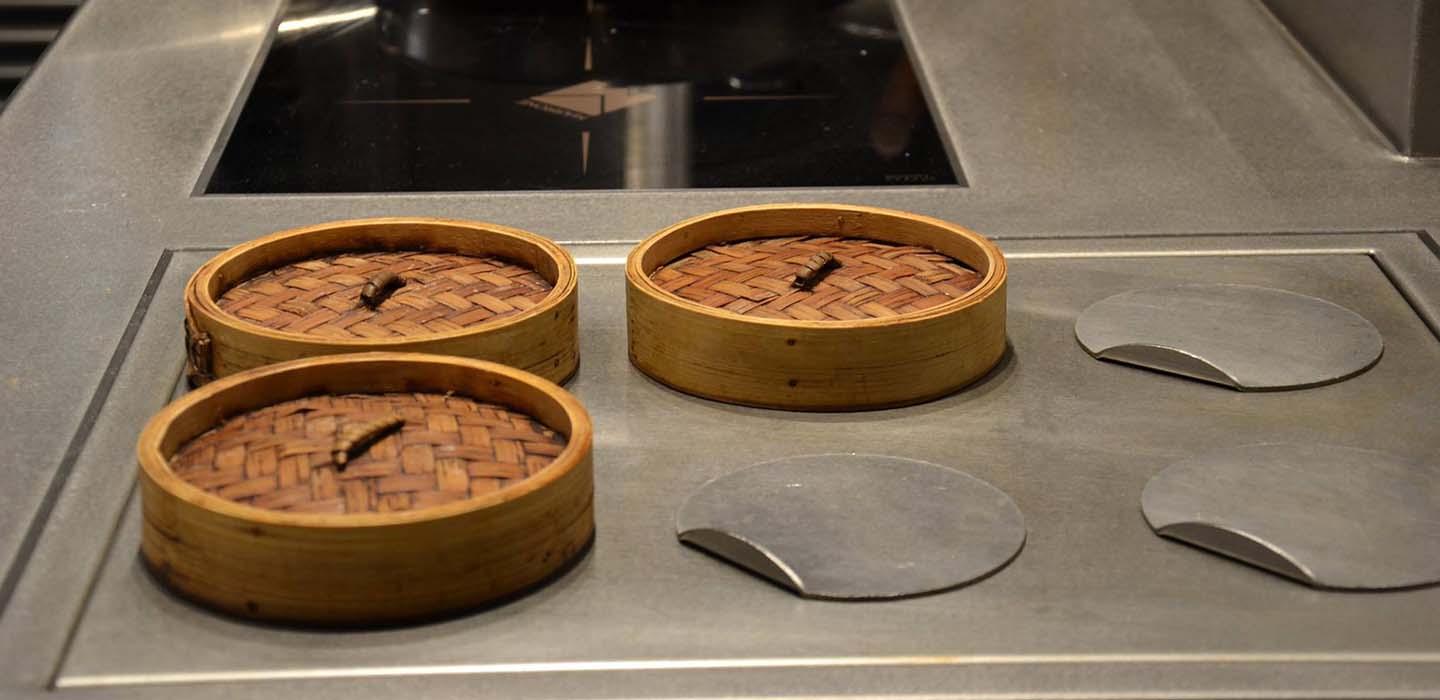
They start studying the various dishes that will be prepared, with the aim to organize technical needs and make them fit into the operational scheme of the open kitchen. The team starts working not only with the restaurant’s chef but also with other chefs and experts of Chinese cuisine. Within a few weeks, the processes are broken down and analyzed in detail. The machine starts to take shape. The idea they come up with is actually very simple: a kitchen cabinet with drawers. They overlap it on top of the elaborate water boiling system, after redesigning its dimensions and materials. This solution is necessary for containing the steam and directing it, but above all, for making it easier to add and remove food. To increase the scenography of the whole process, they imagine the cabinet made of transparent material, to allow those nearby to see clearly: an idea of guest involvement that is also a declaration of intent on the skills and approach of both the restaurateur and the kitchen manufacturer.
Goog skills are required in steam cooking; however, there are some factors that not even the cook himself can control. Removing a lid from a normal steamer to control the level of cooking should rarely happen. This causes an alteration of the microclimate inside the steamer: removing the lid (or the lids) disperses a lot of steam and has an impact on the cooking times and results. By making it easier to add or remove raw materials, the chef can easily verify the transformation state with a minimum impact on temperature and humidity and allows the chef to experiment culinary passages that were otherwise much more complex.
After being close to giving up, Marrone’s team delivered an excellent product. The most important aspect, however, is the opening of a new production and sales front. No piece of knowledge should be lost in a company that lives on awareness; nothing is acquired in vain. The way Marrone conceived his own steamer and the knowledge developed in the culinary context that uses it, opens the way to further research. In short, the company can count on a further technological advantage to add to its way of working when proposing to great restaurants, kitchen consultants and food and beverage managers of luxury facilities, to emerging chefs or senior chefs who wish to transform their restaurant.
To date, Roberto and Fabio love to think of that single intuition as the first in a long series that has made Marrone one of the most expert companies in cooking techniques linked to a precise culinary area, and one of the most attentive examiners both of ethnic cuisine at every latitude, and of experimenters of food processing.
Modulo di integrazione con Mailchimp